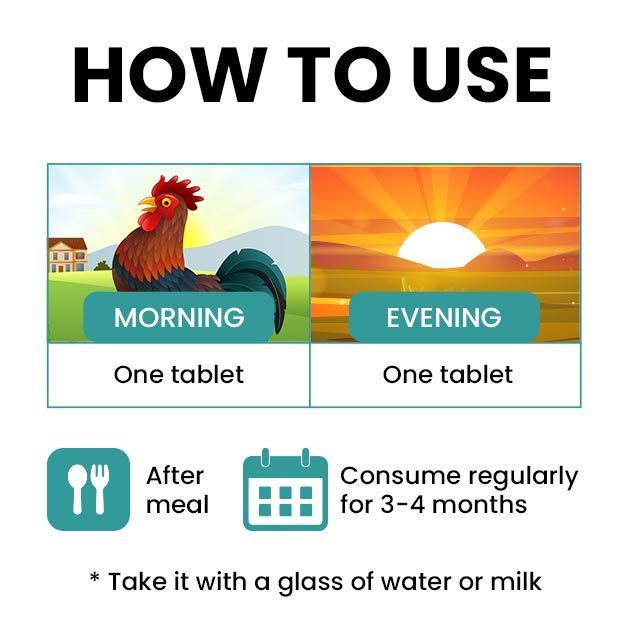After pregnancy, you start worrying about your body more than you did during pregnancy. In fact, it is natural. Exercise is necessary for losing weight after delivery, keeping the body fit and getting in shape. Exercise after pregnancy is something that is one of the best things you can do. Follow the following tips to start exercising safely.
(Read more - How to reduce pregnancy belly after delivery)






































